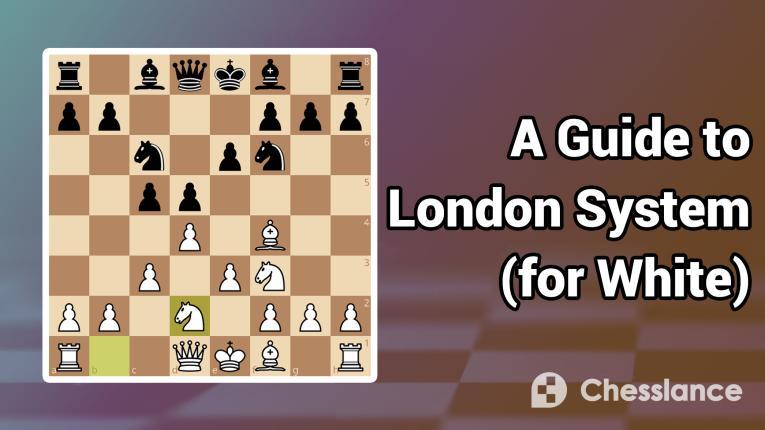Table of Contents
- Exploring the Strategic Foundations of the London System Chess Opening
- Mastering Key Tactics and Attack Patterns in the London System Strategy
- Effective Ways to Counter Common Responses to the London System
- Advanced Tips for Enhancing Your London System Chess Gameplay
- Unleashing Creative and Unpredictable Moves within the London System
- Q&A
- Future Outlook


Exploring the Strategic Foundations of the London System Chess Opening
The London System chess opening has mesmerized players with its strategic depth and solid foundations. Mastering this unique opening can provide players with a versatile toolkit on the chessboard. A key aspect of the London System is its emphasis on controlling the center with pawns, allowing for flexible piece development and a strong defensive setup.
Unleashing the power of the London System involves understanding the subtle nuances of pawn structures and piece placements. By opting for a setup that prioritizes a strong pawn presence in the center, players can steer the game towards positions that suit their style and preferences. Embracing the strategic principles of the London System can lead to fascinating middlegame positions where players have ample opportunities to outmaneuver their opponents.


Mastering Key Tactics and Attack Patterns in the London System Strategy
In the realm of chess strategy, the London System stands out as a formidable approach that players often seek to master. Understanding key tactics and attack patterns within this system can elevate your game to new heights, offering a strategic advantage over opponents.Embracing the London System involves a blend of positional play and tactical awareness. Positional understanding is crucial in navigating the nuances of the opening, guiding your pieces to optimal squares while maintaining a solid pawn structure. Simultaneously, tactical finesse can unleash powerful attacks and create opportunities to disrupt your adversary’s position. By honing these skills, you can harness the full potential of the London System and outmaneuver your rivals on the chessboard.

Effective Ways to Counter Common Responses to the London System
The London System in chess is a strategic opening that can catch opponents off guard and lead to a strong position for white. When facing common responses to this system, it’s essential to have effective ways to counter them and maintain your advantage on the board. Here are some creative strategies to help you navigate through different scenarios and come out on top:Utilize pawn breaks strategically to challenge your opponent’s pawn structure and create weaknesses to exploit.
Employ piece maneuvering to reposition your pieces for better control of the board and pressure on key squares.
- Focus on development to ensure your pieces are actively participating in the game.
- Look for tactical opportunities like pins, forks, and skewers to gain an edge.
| Response | Counter Strategy |
|---|---|
| Queen’s Gambit Declined | Focus on controlling the center and exploiting potential weaknesses on the black side. |
| Nimzo-Indian Defense | Consider pawn pushes to create space and limit the activity of black’s pieces. |


Advanced Tips for Enhancing Your London System Chess Gameplay
In the world of chess, mastering strategies like the London System can truly elevate your gameplay to the next level. While the London System is known for its solid and positional play, adding some advanced tips to your arsenal can give you a winning edge on the board.One key tip is to focus on piece coordination and development early on. By harmonizing your pieces and getting them into active positions, you set the stage for powerful attacks and strong defensive formations. Additionally, maintaining a flexible pawn structure allows for strategic maneuvering and adaptability to your opponent’s moves, giving you the upper hand in the middle and endgame. Remember, in chess, every move counts – so choose wisely and with purpose.| Advanced Tip: | Description: |
| 1. Bishop Pair Dominance | Use the power of two bishops to control key diagonals and outmaneuver your opponent. |
| 2. Prophylactic Thinking | Anticipate your opponent’s plans and preemptively block their tactics to maintain control. |







0 Comments